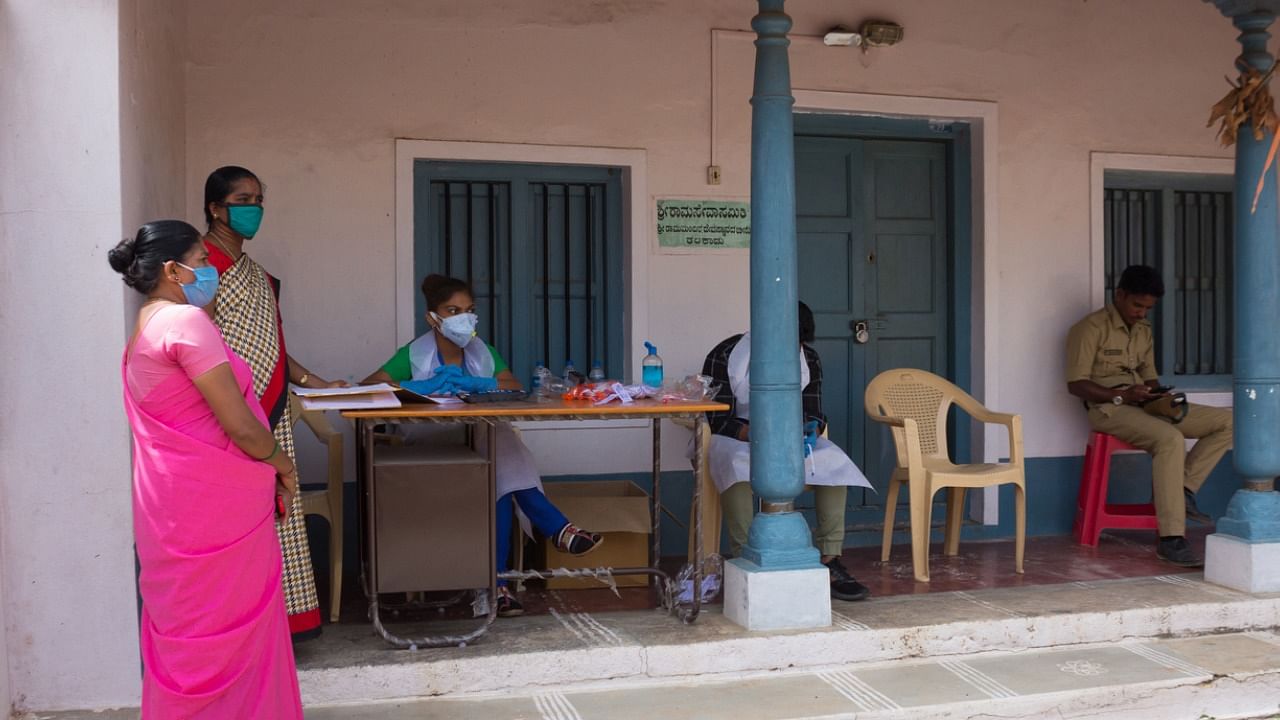
There has been a 73 per cent increase in healthcare facilities in tribal areas between 2005 and 2020 as compared to a 10 per cent increase across the country, according to government data.
The number of sub health centres (SHC) in tribal areas increased by 78 per cent, from 16,748 in 2005 to 29,745 in 2020.
The "all-India" number of SHCs increased by nine per cent during this period, from 1,42,655 to 1,55,404, the government data showed.
The number of primary health centres (PHCs) in tribal areas rose by 50 per cent, from 2,809 to 4,203, in these 15 years.
PHCs across "all-India" increased by eight per cent, from 23,109 to 24,918.
Community health centres in tribal areas increased from 643 in 2005 to 1,035 in 2020, a rise of 61 per cent.
All-India, the number of CHCs rose from 3,222 to 5,183 during this period.
Under the National Health Mission (NHM), tribal areas enjoy relaxed norms for setting up public health facilities.
According to population norms, there should one SHC for every 5,000 people, one PHC for every 30,000 people and one CHC for every 1.2 lakh people. In tribal and desert areas it is 3,000, 20,000 and 80,000.
Also, all tribal majority districts where composite health index is below the state average have been identified as High Priority Districts (HPDs) and these districts receive more resources per capita under the NHM as compared to the rest of the districts.
These districts receive higher per capita funding, have enhanced monitoring and focused supportive supervision and are encouraged to adopt innovative approaches to address their peculiar health challenges.